- Empty cart.
- Continue Shopping
White Salak (Salacca Edulis)
Original price was: ₹1,180.00.₹850.00Current price is: ₹850.00.
Genus : Salaks
“Experience the exotic flavors of the White Salak Fruit Plant. Also known as snake fruit, the White Salak Fruit features a distinctive reddish-brown scaly skin and a sweet, juicy flesh. It offers a refreshing and unique taste, making it a delightful choice for a tropical treat. The White Salak Fruit Plant is a tropical tree that thrives in warm climates. With its attractive foliage and intriguing fruits, it adds a touch of exotic beauty to your garden or landscape. Cultivate your own White Salak Fruit Plant and savor the delicious and refreshing fruits it produces.”
Product Tags: White Salak Fruit, Snake Fruit, Exotic Fruit Pla
Salacca edulis, commonly known as salak or snake fruit, is a tropical fruit-bearing plant native to Indonesia and Malaysia. It is also grown in other parts of Southeast Asia, as well as in parts of South America and the Caribbean.
The salak plant grows in clumps and produces slender stems with spiny, palmate leaves. The fruit is borne on the stem in clusters and is roughly the size and shape of a small apple, with a rough, scaly brownish-red skin. The flesh of the fruit is white, juicy, and crunchy, with a sweet and sour taste that is similar to a combination of pineapple and apple. The fruit contains one to three small, brown seeds.
The salak plant is highly valued for its fruit, which is eaten fresh or used in jams, jellies, and desserts. The fruit is also popular in Southeast Asian cuisine and is often used in salads, curries, and soups.
In addition to its culinary uses, the salak plant is also used in traditional medicine. The fruit and leaves of the plant are believed to have medicinal properties and are used to treat a variety of ailments, including diarrhea, fever, and high blood pressure.
The salak plant is adapted to tropical climates and prefers well-drained, slightly acidic soil. It is propagated by seed or by suckers that grow from the base of the plant. The plant requires regular watering and fertilizer to produce a good crop of fruit.
Overall, the salak plant is a versatile and valuable plant that is prized for its unique and delicious fruit, as well as its cultural and medicinal significance.


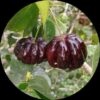
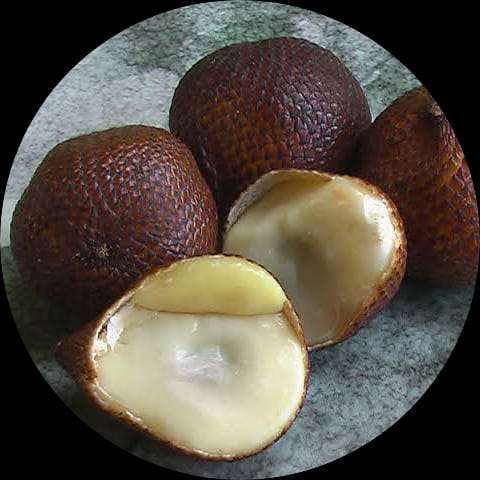
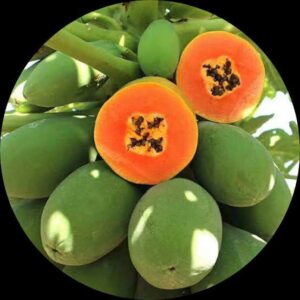

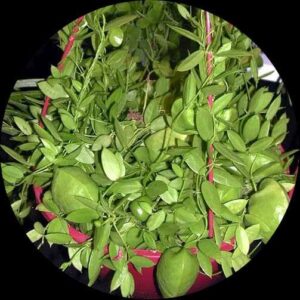



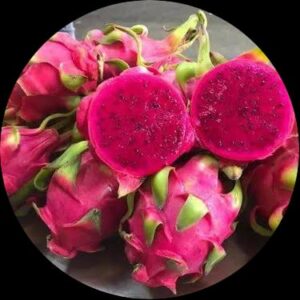

Reviews
There are no reviews yet.